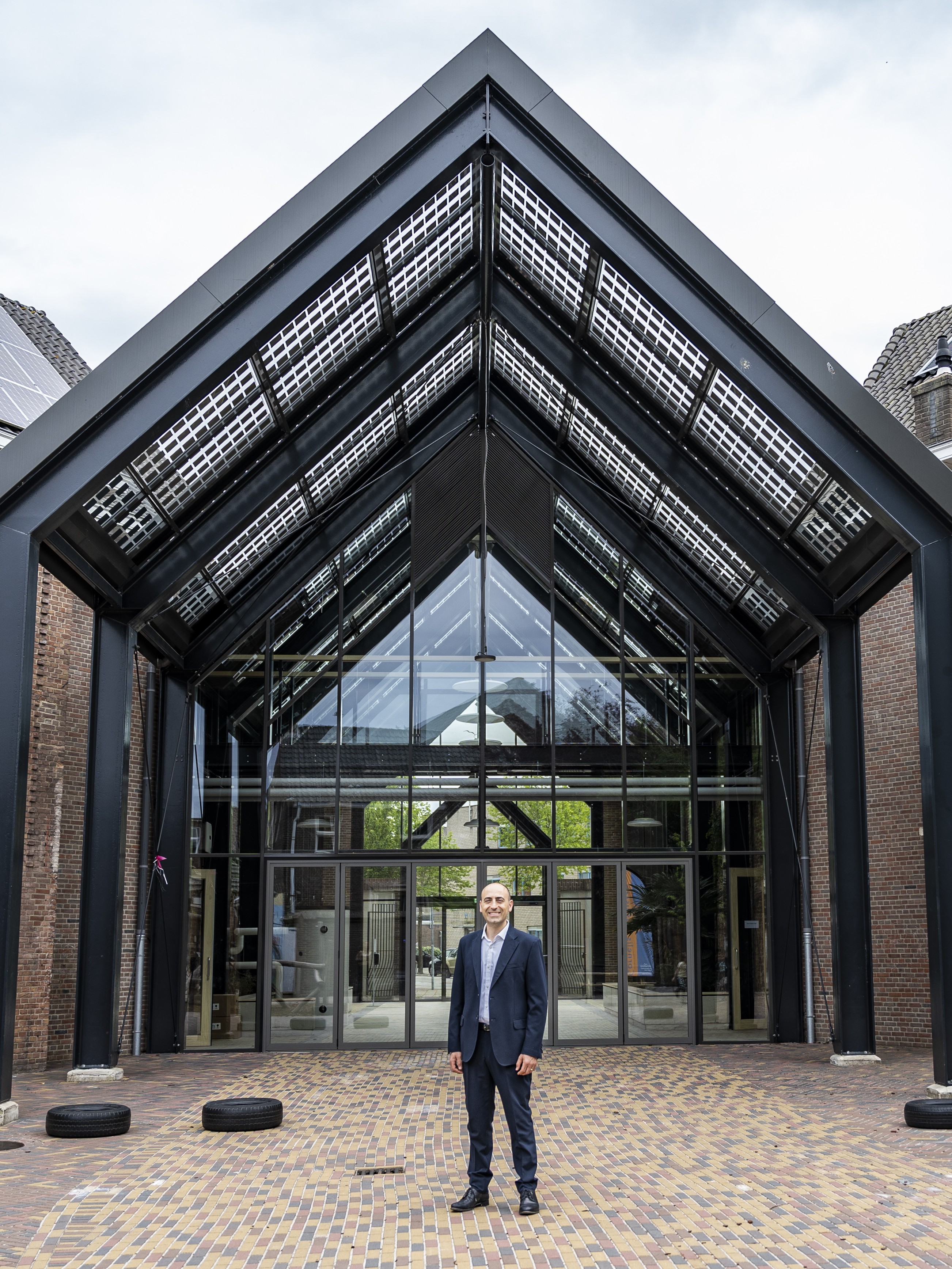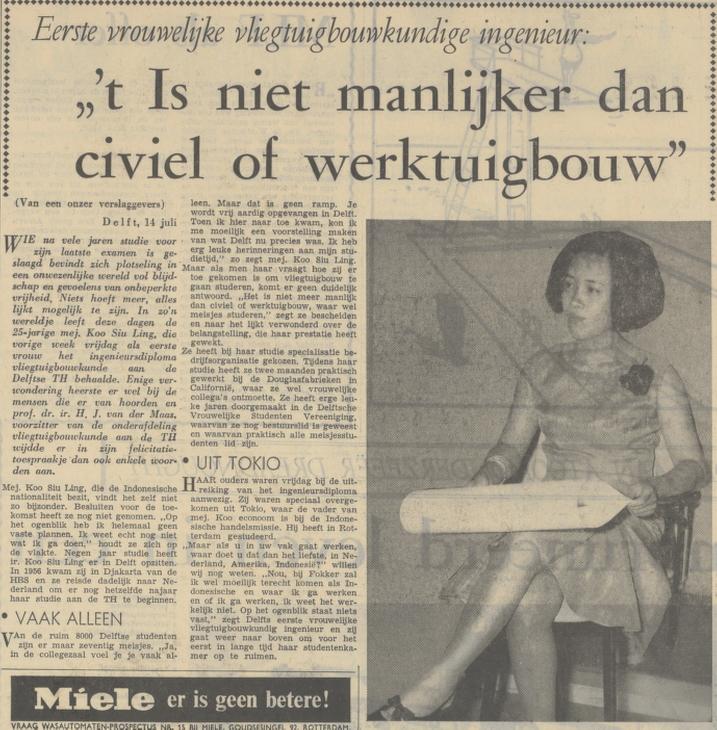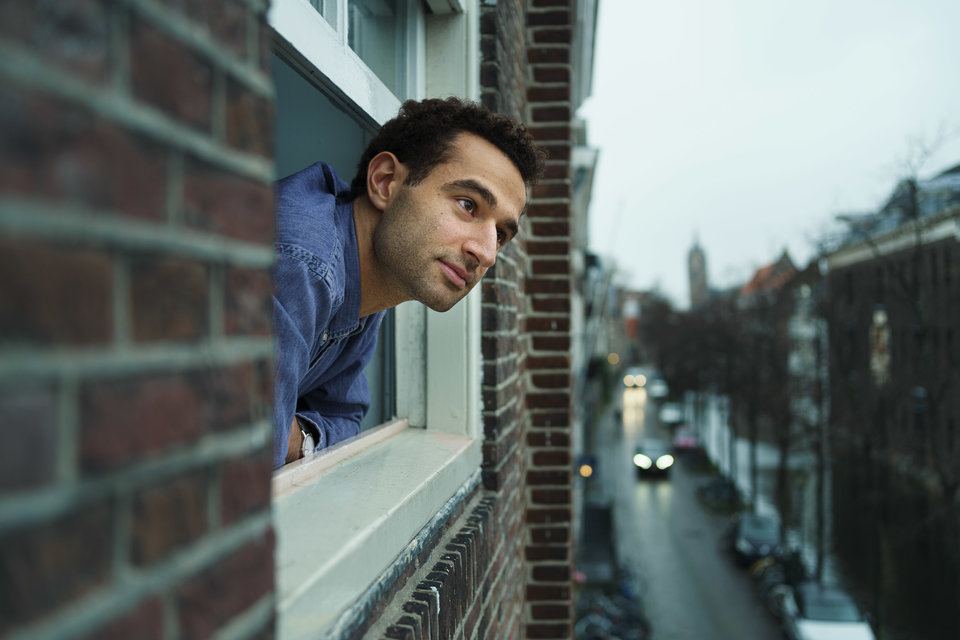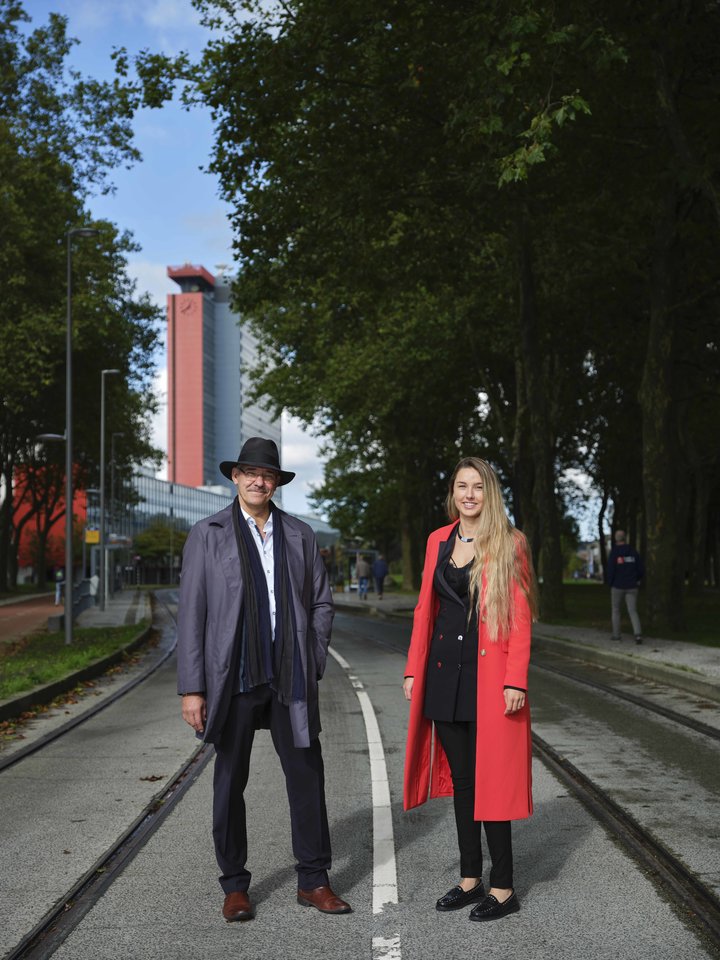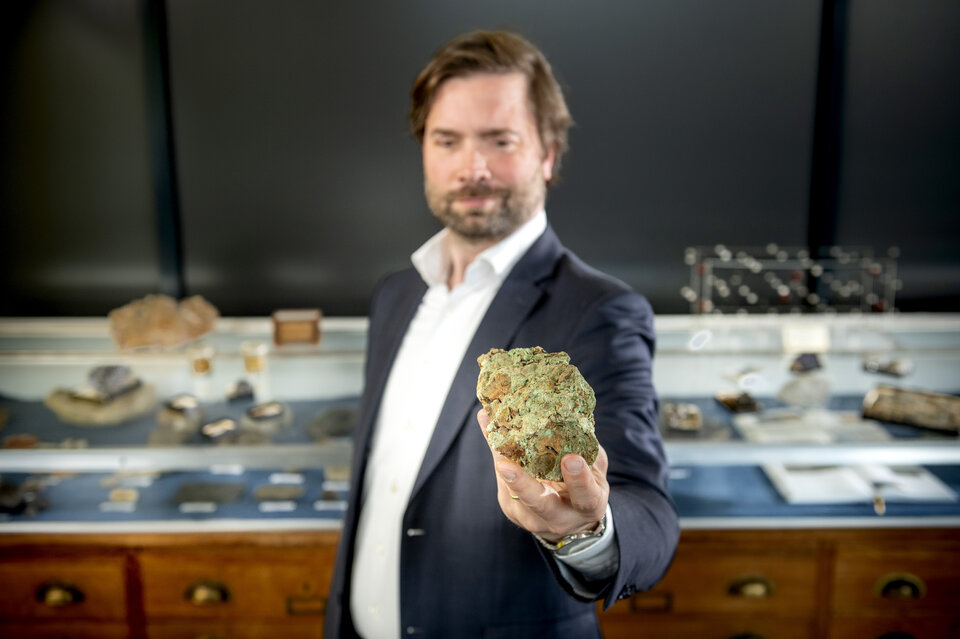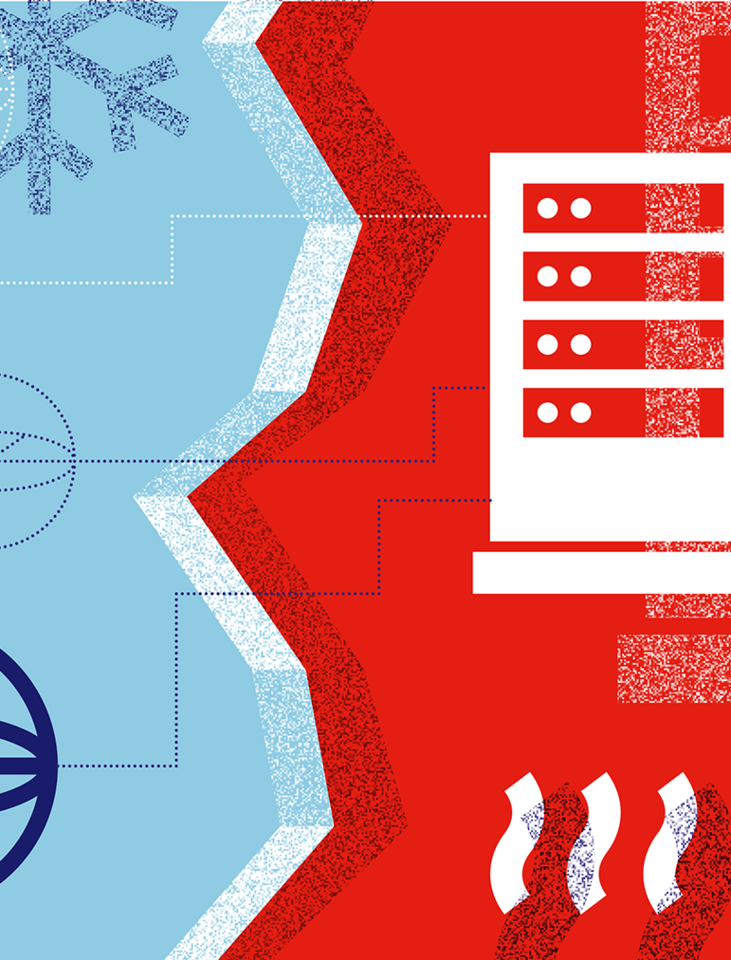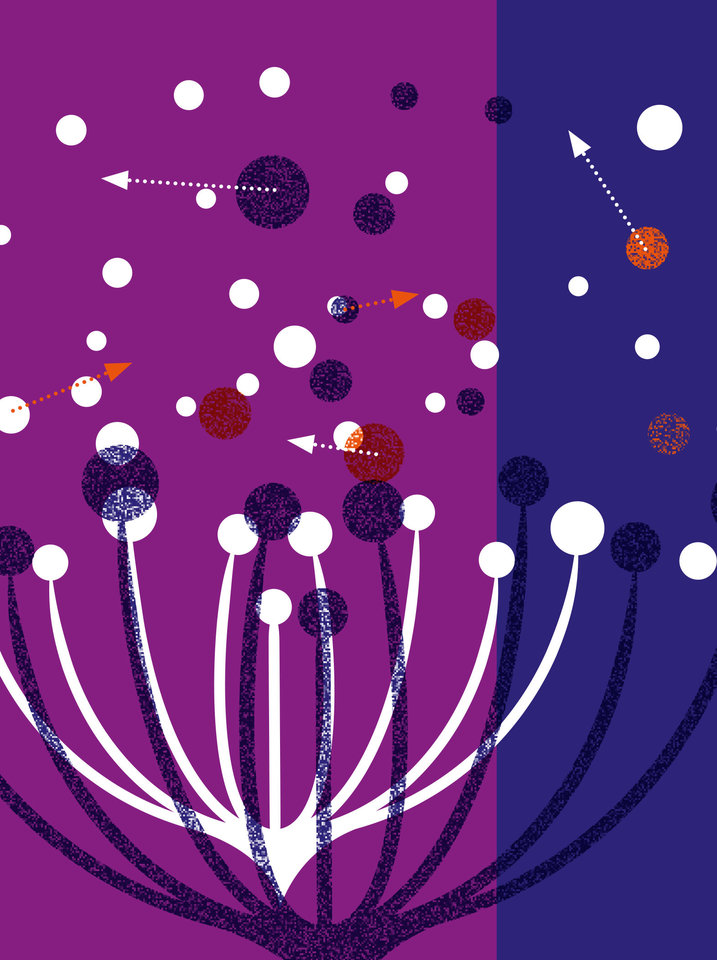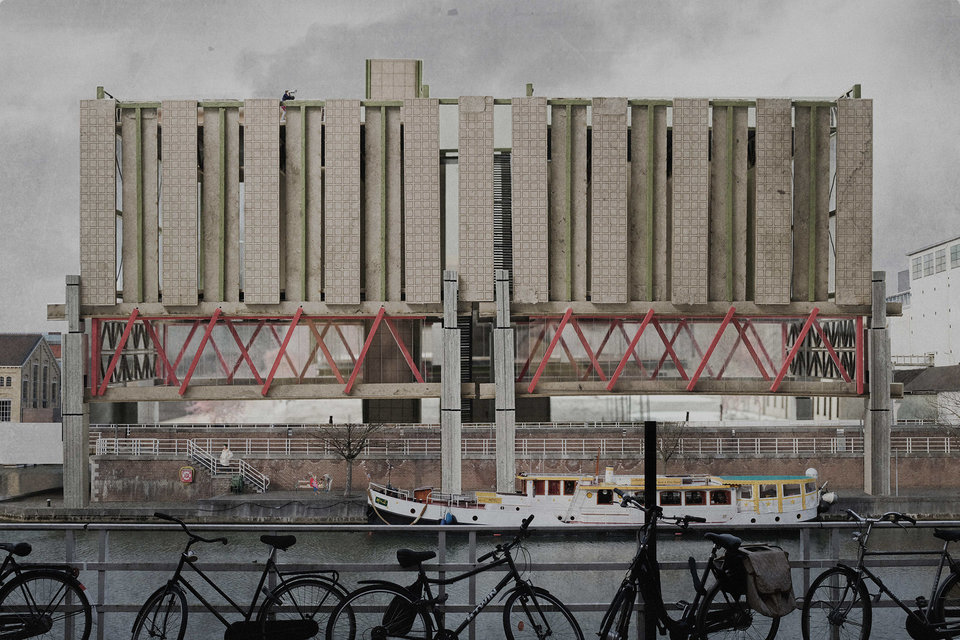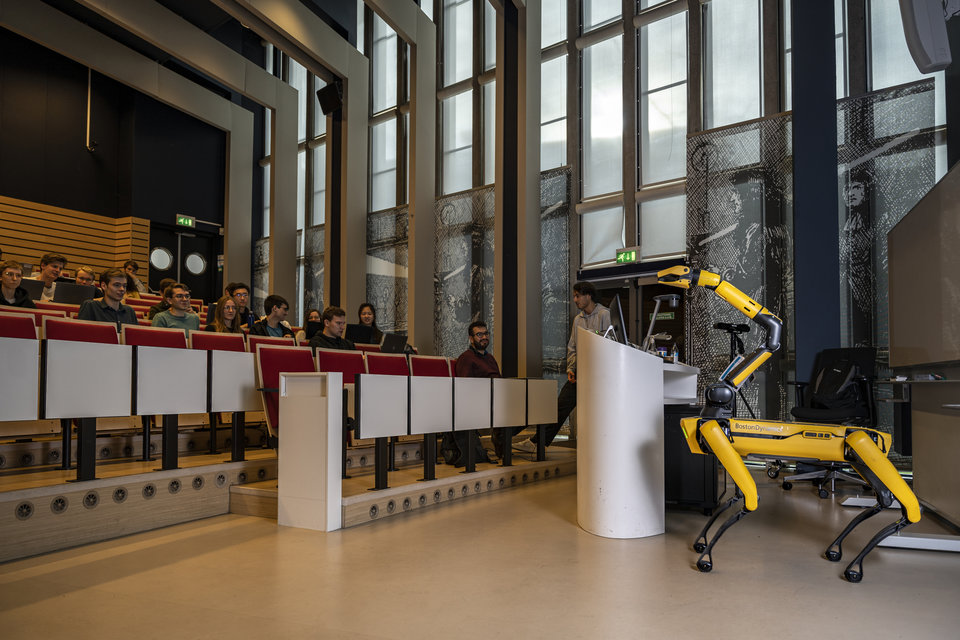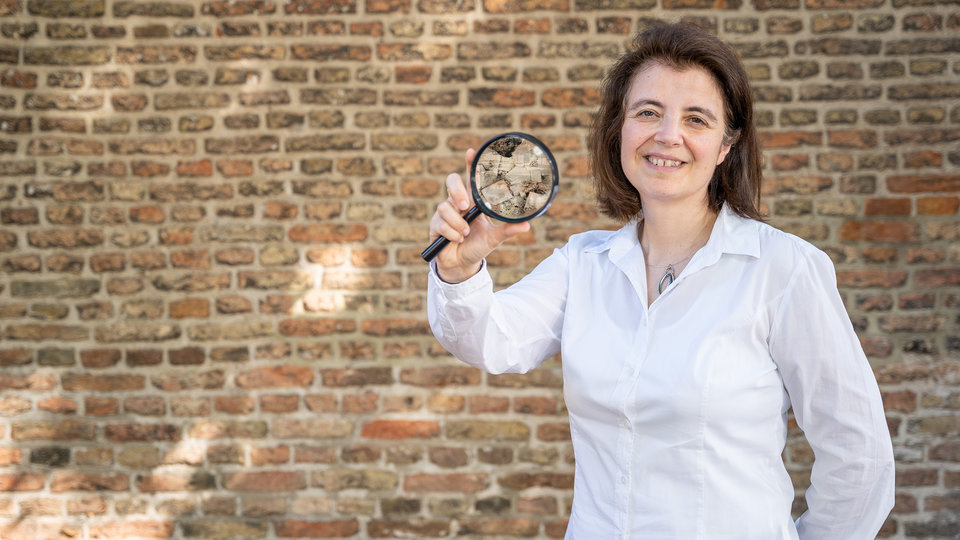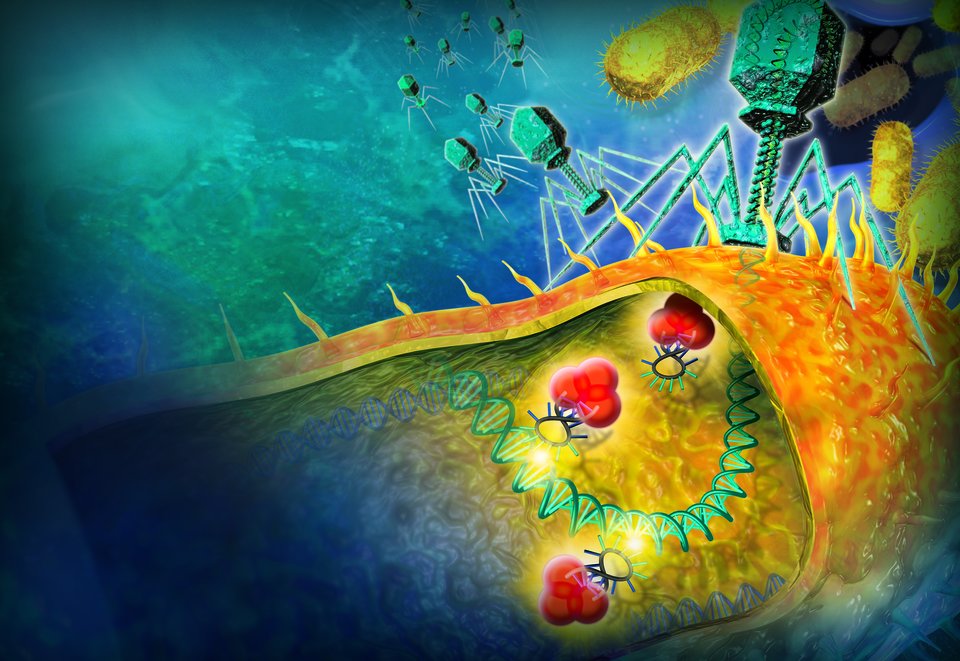Solar cells in the facades of skyscrapers, on car roofs, and even embedded in the countryside. In the future, they will be everywhere to provide us with electricity. That is the vision of Olindo Isabella (head of the Photovoltaic Materials and Devices Group at TU Delft) and by architect and researcher Alessandra Scognamiglio at the Italian ENEA institute.
Olindo Isabella, inaugurated in May 2022 as a professor at TU Delft, is clear about what lies ahead: “In the future, wherever you look there will be solar cells: on car roofs, in the streets on the road surface itself, and also in the facades of buildings that line the streets. Yet you probably won't see them most of the time, because future solar cells will be fused with other materials, making them almost invisible. Even though barely noticeable, they will still do their job: supplying all of us with electricity. It means that every object will become a convenient energy generator, allowing you to keep using your smartphone, do your laundry or travel.
Solar cells will play an important role in that electrified future. Today, we still use mostly fossil fuels, burned to release thermal energy that is converted into electricity for distribution around the country. That is bad for the environment, emitting harmful substances. Olindo Isabella: “This will change in the future. Solar cells will be everywhere, and we will generate electricity close to us. That is smarter, and much more convenient. The technology is already there, and we just need to develop it further and apply it. At present, solar panels are installed on only ten per cent of all roofs in the Netherlands. There is still much to be gained, and virtually every roof will eventually have solar panels. After that, the next step is to incorporate solar cells into building facades.”
In the future, wherever you look there will be solar cells
In addition, you will see solar panels will also be incorporated into smart greenhouses, so they are not only energy receivers but also generators. We could also see a kind of floating blanket of solar cells on rivers and lakes: “Research shows that this makes the water evaporate less quickly. So it's a win-win situation, because you also generate energy. This approach is particularly useful in places where water is scarce, such as China, Singapore and the United States. This is already being applied now and will soon be adopted even more widely.
“All those solar cells will be connected in an increasingly smart way, predicts Isabella. "Especially in cities, where you have to deal with different shadows through the day, which are bad for performance. If some solar cells a panels are connected in different strands and if some of them are in shadow, it generates less energy, and that can affect performance if it happens for a long of time. This can be improved by adding microcontrollers to the panels, which react immediately if an individual component is not working properly. You then know exactly when to intervene to make new electrical connections between solar cells, and to make better use of the sun's potential.”
The way we deal with electricity is also changing, with more and more ideas being developed to get the most out of the energy generated. Everyone will soon have batteries at home, predicts Isabella, but those can run out so it’s important to know how much energy is left: “For example, you could start washing when you’re generating enough electricity, not when there is a shortage. In the longer term, I think we will also be using hydrogen as a storage medium. How this will look is not clear yet, but we are already researching it in the lab. Among other things, we are looking at which infrastructures are best to use. Storage will be an important part of success for solar energy in populated areas.”
We have more and more ideas to get the most out of energy
It isn’t only in the cities where you will see solar energy – it will become increasingly visible in the countryside, and solar panels are already in meadows in several places. Alessandra Scognamiglio is an architect and researcher at the Italian ENEA: "Often there is a fence around such panels, and they are clearly separated from the outside world. We need a new approach to this, where solar energy and landscapes come together. The starting point must be to make something beautiful in a landscape with solar panels."
Scognamiglio will be the keynote speaker at the Olindo Isabella’s inauguration ceremony. She specialises in the use of solar panels in landscapes. Her main message is that we should not see solar panels in a landscape as 'lost space': “For example, people could walk between panels and see how they work. Animals and plants could live alongside panels, or better still, together as part of an installation. I don’t know what this will look like exactly, and it will vary from area to area. I live in Italy, which needs different solutions to the Netherlands. It all depends on culture, the technology you use and the landscape you are working in.”
We should not see solar panels in a landscape as 'lost space'
Above all, Scognamiglio wants to appeal to designers, researchers and engineers, asking them to make a smooth transition between the technology of solar cells and landscapes. “We can capture the beauty of both, designing places where people want to be, which everyone likes. Then the appreciation of solar energy in landscapes will increase, and the space will be used better – we all benefit from that.” The fact that two such different researchers are both working on solar energy might seem strange at first sight, but Scognamiglio's and Isabella's visions dovetail nicely. If it were up to them, cities and landscapes would soon be chock-full of solar cells providing us with energy.
Scognamiglio was originally an architect: “I used to concentrate on historical buildings, but I came across solar energy in my career and discovered that so much more was possible with it than we do now. We have mainly focused on the technology until now, but we should also look at design, geometry and beauty. That still fascinates me.”
We can use the beauty of solar panels to design places where people want to be
Isabella was mainly involved with robots at first, a very different branch of electronics: “As a little boy, I loved the Japanese cartoon series Daitarn, where robots fight each other. I was particularly taken by one of them who was very cool and had a secret weapon. If he won, he would destroy his opponents with the help of the sun, which sent out a powerful beam from his helmet. Partly because of this, I used to want to do something with robots, then electrical engineering. Mobile phones interested me at first, but after talking to Professor Miro Zeman from TU Delft I became more and more interested in solar energy. It fascinates me that you can use light and let people generate their own energy. I am now developing new materials with solar cells. Actually, it's a bit like the robot of my youth. Only I don't want to destroy anything with it – rather, I want to use the sun in a smart way for a bright future for everyone.”

Olindo Isabella
- +31 15 27 81947
- O.Isabella@tudelft.nl
-
36.LB 03.430

